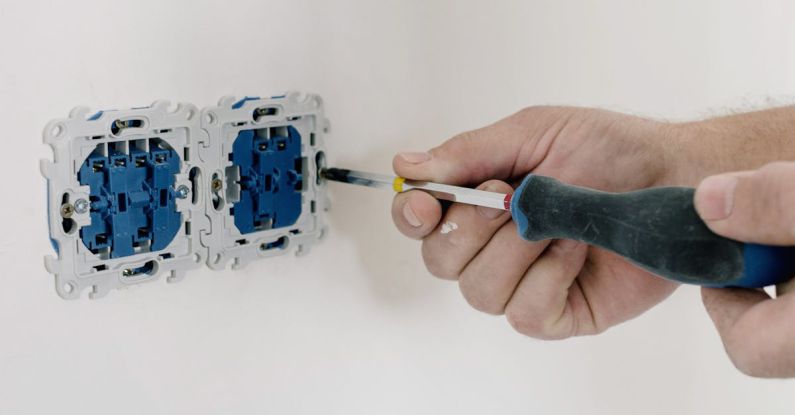
A vehicle’s engine is a complex piece of machinery that powers your car and keeps it running smoothly. However, like all mechanical components, engines are prone to issues that can hinder their performance. Understanding how to diagnose and fix common engine problems can save you time and money in the long run. In this article, we will delve into some of the most common engine problems drivers may encounter and how to address them effectively.
Identifying Warning Signs
Before diving into solutions, it’s crucial to recognize the warning signs of potential engine problems. Unusual noises such as knocking, clicking, or grinding sounds could indicate internal engine issues. Additionally, if you notice a decrease in fuel efficiency, rough idling, or a persistent check engine light, it’s essential to address these issues promptly. Ignoring these warning signs can lead to more severe damage and costly repairs down the line.
Diagnosing Engine Problems
When faced with engine troubles, a systematic approach to diagnosis is key. Begin by conducting a visual inspection under the hood to check for any obvious signs of damage, leaks, or loose connections. Next, utilize a diagnostic tool to scan for error codes that can pinpoint specific issues within the engine system. These codes can provide valuable insights into the root cause of the problem, enabling you to take appropriate action.
Common Engine Problems and Solutions
Overheating: One of the most common engine problems is overheating, which can result from a variety of issues such as a malfunctioning thermostat, low coolant levels, or a faulty radiator. To address overheating, check the coolant levels and ensure there are no leaks in the system. If the issue persists, consider replacing the thermostat or having your radiator flushed to prevent further damage.
Oil Leaks: Oil leaks can lead to a host of problems if left unchecked, including engine damage and decreased performance. To identify the source of an oil leak, inspect the engine for visible signs of oil residue or puddles beneath the vehicle. Tighten loose connections or replace damaged gaskets to stop the leak and maintain proper oil levels for optimal engine function.
Misfiring Engine: A misfiring engine can cause rough idling, decreased power, and increased fuel consumption. Common causes of engine misfires include faulty spark plugs, ignition coils, or fuel injectors. To resolve this issue, conduct a thorough inspection of the ignition system components and replace any worn-out parts as needed to restore smooth engine operation.
Sputtering and Stalling: If your engine sputters or stalls while driving, it could indicate fuel delivery problems, clogged filters, or a malfunctioning fuel pump. Check the fuel filter for any blockages and ensure the fuel pump is functioning correctly. Cleaning or replacing the fuel filter and pump can help resolve sputtering and stalling issues, improving overall engine performance.
Preventive Maintenance Tips
To keep your engine running smoothly and prevent common problems, regular maintenance is essential. Schedule routine oil changes, check and replace air filters as needed, and adhere to the manufacturer’s recommended service intervals. Additionally, listen for any unusual noises or performance issues and address them promptly to avoid costly repairs in the future.
In conclusion, diagnosing and fixing common engine problems requires a proactive approach and attention to detail. By identifying warning signs early, conducting systematic diagnostics, and implementing appropriate solutions, you can keep your engine in top condition and enjoy a smoother driving experience. Remember to prioritize preventive maintenance to prolong the lifespan of your vehicle’s engine and minimize the risk of unexpected breakdowns on the road.





